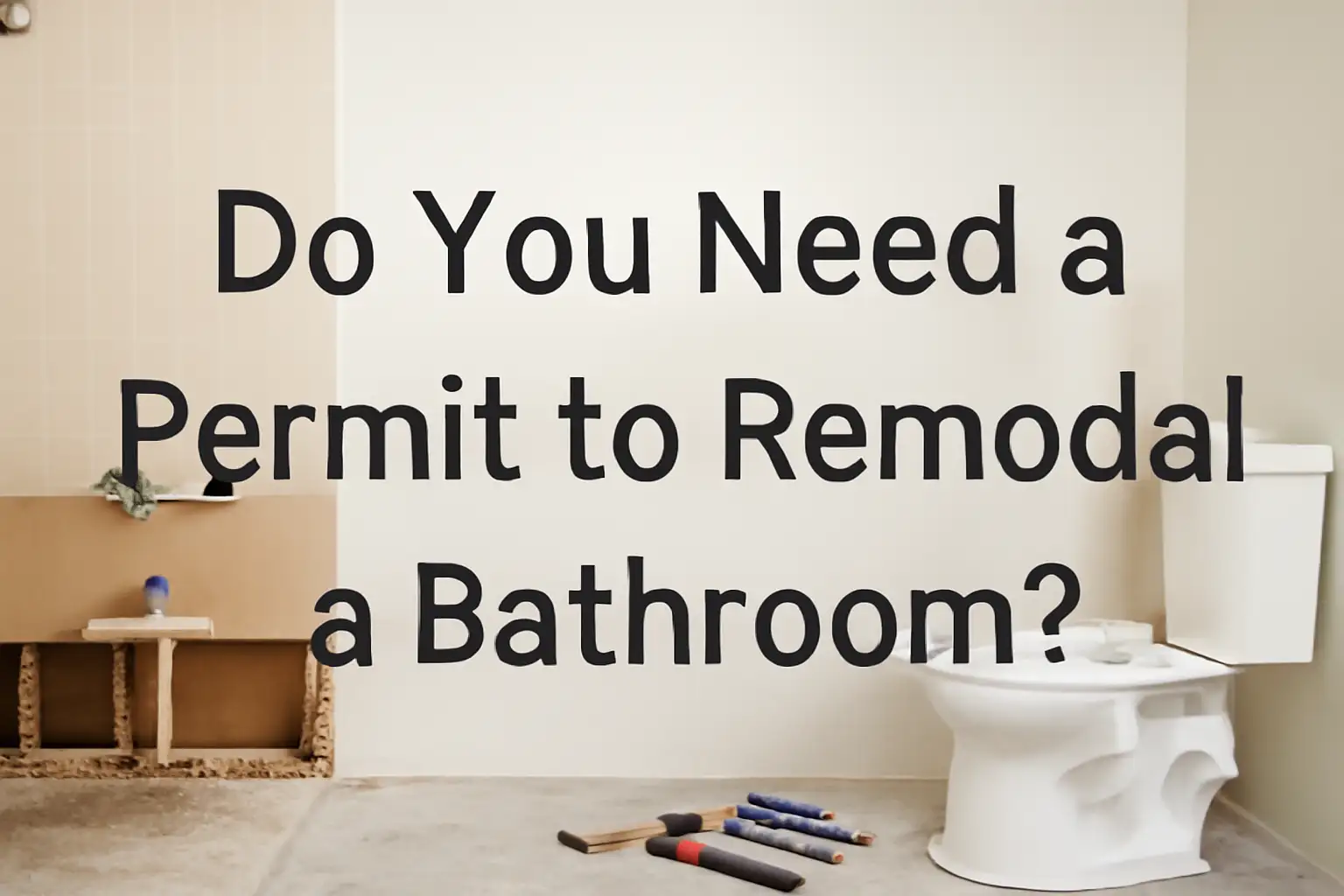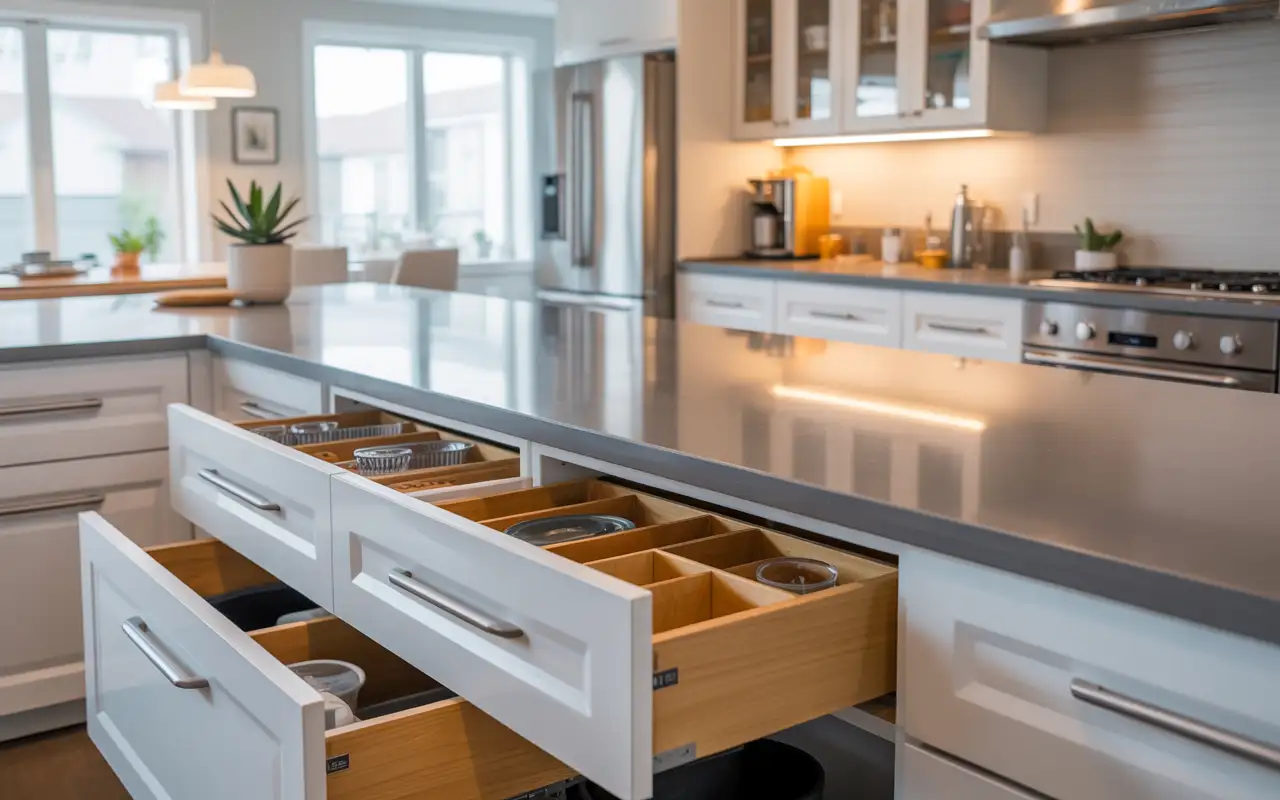Including a home elevator system can be a wise option for your home. It provides convenience and allows access for all. A residential elevator can sometimes feel like a luxury, but it can also be a great investment. Knowing the total home elevator cost is the first part of the process. This guide can provide you with an understanding of different home elevator costs.
Table of Contents
How Much Does a Home Elevator Cost?
The price for a home elevator installation can vary widely in 2025. Typically, the total price falls within the range of at least $20,000 to $80,000 or more. The cost can vary for several reasons. The simplest, most affordable models typically start around $20,000, while larger, more complex, or fully customized elevators can have total prices exceeding $80,000.
The total price is more than just the elevator. It includes the installation labor, permits, and any necessary renovations to your home. The elevator installation total price will depend on the elevator type and its layout in the house.
Types of Home Elevators

The type of elevator you select is the biggest factor in the total cost. Each type uses a different technology. This affects both the price and the installation process. Here are the most common types and their estimated costs.
Shaftless (Through-the-Floor) Elevators
These are a popular choice for their small size and lower price. A shaftless elevator does not need a traditional hoistway. It travels on a rail system through a cutout in the floor. This makes installation faster and less complex.
- Average Cost: $20,000 to $40,000
- Pros:
- More affordable than traditional models.
- Takes up less space.
- No need for a full hoistway.
- Quick installation.
- Cons:
- Limited to two stops.
- Lower weight capacity.
- Can be an open design.
Hydraulic Elevators
Hydraulic elevators use a piston and fluid to raise and lower the cab. They are known for being smooth and quiet. They require a small machine room or a separate cabinet for the pump and fluid tank.
- Average Cost: $35,000 to $60,000
- Pros:
- Very reliable and durable.
- Offers a smooth ride.
- Can be customized with many finishes.
- Cons:
- Requires a machine room.
- Can have higher installation costs.
- Uses hydraulic fluid.
Pneumatic (Air-Driven) Elevators
These modern elevators use air pressure to move the cab. The cab is inside a clear tube. The unique design of these elevators makes them a striking addition. They do not need a hoistway or a machine room.
- Average Cost: $45,000 to $80,000+
- Pros:
- Unique, modern aesthetic.
- Energy-efficient operation.
- No machine room needed.
- Fast installation.
- Cons:
- Higher cost than other models.
- Limited weight capacity.
- More difficult to customize.
Traction (Cable-Driven) Elevators
Traction elevators are the classic elevator model. They use steel cables or belts and a counterweight system. They can be geared or gearless. These elevators are known for their high speed and smooth operation.
- Average Cost: $50,000 to $100,000+
- Pros:
- Fast and efficient.
- High weight capacity.
- Best for multiple stops.
- Cons:
- Most expensive option.
- Requires a full hoistway.
- More complex installation.
For a quick look, here is a simple table comparing the types of home elevators.
Elevator Type | Average Cost | Pros | Cons |
Shaftless | $20,000 – $40,000 | Affordable, compact | Limited stops, open design |
Hydraulic | $35,000 – $60,000 | Smooth, reliable, durable | Requires a machine room |
Pneumatic | $45,000 – $80,000+ | Energy-efficient, modern | Higher cost, less customization |
Traction | $50,000 – $100,000+ | Fast, high capacity | Most expensive, complex |
For homeowners considering multiple mobility solutions, it is also useful to compare the cost of a home elevator to a stair lift. Installing a stair lift is much more affordable. A straight stair lift costs around $2,500 to $6,000. A curved one can cost $10,000 to $17,000. While a stair lift is a good option for some, it does not offer the same functionality. An elevator can carry more than one person. It can also move items like groceries or furniture.
Other Home Elevator Cost Factors

The elevator model is the largest investment by far. However, many other factors can contribute to the final cost of a home elevator. These items could significantly impact your budget.
Number of Floors
Adding each stop or floor to an elevator will increase the cost. The most basic elevator is a simple two-stop from the first floor to the second floor. Each additional stop will need added materials and labor. This can impact your cost by thousands and thousands of dollars per stop added.
Installation and Labor
This is a significant part of the total cost. Labor costs can range from $700 to $15,000. The complexity of the installation affects the price.
- New Construction: Installing an elevator in a new build is more affordable. The space can be designed from the start.
- Retrofitting: Adding an elevator to an existing home is called retrofitting. It often requires structural changes, like cutting through floors and walls. This makes the job more complex and expensive. These kinds of projects require a contractor with expertise in services like Handyman san diego services and room additions services.
Building Permits and Inspections
You need to obtain a building permit to move forward with the project. These fees differ drastically from city to city and state to state. Some cities and states, such as Henrico County, Virginia, will charge a fee based on the estimated value of the project. Other cities and states have a standard permit value. The different fees you must be prepared to pay are the fees for inspections. Inspections are important because they help make sure your elevator is not only installed properly, but also meets the standard safety codes for your state and nationally, such as the ASME A17.1 elevator safety code. Building codes are an essential component of elevator design and installation, and they’re an important step for your safety.
Customization and Finishes
You can customize the look of your elevator. The materials you choose can greatly affect the home elevator cost.
- Cab Finishes: Options like melamine, wood veneer, and glass panels can add to the price.
- Doors: Manual accordion gates are standard. Automated, sliding doors are a common and helpful upgrade.
- Other Features: Adding things like custom lighting, a phone, or a keypad will also increase the total cost.
Ongoing Maintenance
An elevator is a machine. It needs regular care. A maintenance contract is important to keep your elevator running safely.
- Average Cost: $150 to $700 per year.
- Contract Types: Some contracts only cover basic lubrication. Others are full-service and include parts and repairs. A full-service contract costs more but can save you money on big repairs later.
The Home Elevator Installation Process
Installing a home elevator is a major project. It can take several weeks to complete. Working with an experienced professional is essential. The process generally follows these steps.
- Consultation and Planning: A professional will visit your home to assess your needs. They will look at your home’s structure and discuss your goals. They can help you pick the right elevator model.
- Site Preparation: The installation team will prepare the space. This might involve building a new hoistway or cutting a hole in your floor. This is a crucial step for the project to go smoothly. For existing homes, this often involves home additions or structural changes to integrate the elevator seamlessly.
- Installation: The elevator components are brought in and assembled. This includes the car, rails, motor, and electrical systems.
- Testing: Once the elevator is built, it goes through a series of tests. This ensures all safety features are working. It also makes sure the elevator moves correctly.
- Inspection: A local building inspector will visit to perform a final inspection. They check that the installation meets all safety codes. Once it passes, you get a certificate of operation.
Contact San Diego Home Remodeling for Your Home's Accessibility
Choosing to add a home elevator is a big decision. At San Diego Home Remodeling, we understand the process. We can help you from start to finish. Our team has the expertise to guide you through every step. We can help you understand the total cost.
Whether you need a full-scale renovation or specific Handyman san diego services, our experts can handle it all. We have experience with complex projects. Our work includes Universal Design Services that make homes more accessible. We are dedicated to providing clear advice and quality craftsmanship. Contact us today for a consultation. We can help make your home more accessible and functional.
Frequently Asked Questions
Are residential elevators worth the cost?
Yes. A residential elevator adds significant value to a home. It is a valuable feature for people with mobility needs. It can also make it easier to move heavy items. An elevator can increase your home’s resale value by 10% to 25%.
What is the cheapest elevator to install?
The most affordable type of home elevator is typically a shaftless or vertical platform lift. These models start at a lower price point. They are less expensive because they do not require a full hoistway. This reduces both material and labor costs.
How much does home elevator maintenance cost?
The cost of maintenance varies. A basic plan that includes inspections can cost $150 to $300 per year. A full-service contract, which includes parts and repairs, can cost $500 to $700 or more per year. Regular maintenance is key for safety and to protect your investment.
What is the difference between a home elevator and a wheelchair lift?
A wheelchair lift is a more basic solution. It is designed to move a wheelchair or scooter between two floors. A home elevator is a full-size cab. It can hold multiple people. It also has a larger weight capacity and can serve more floors.







